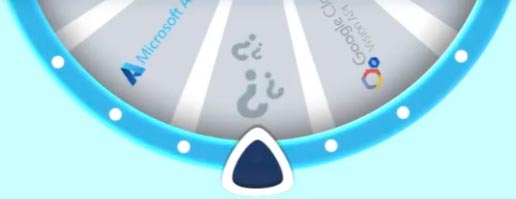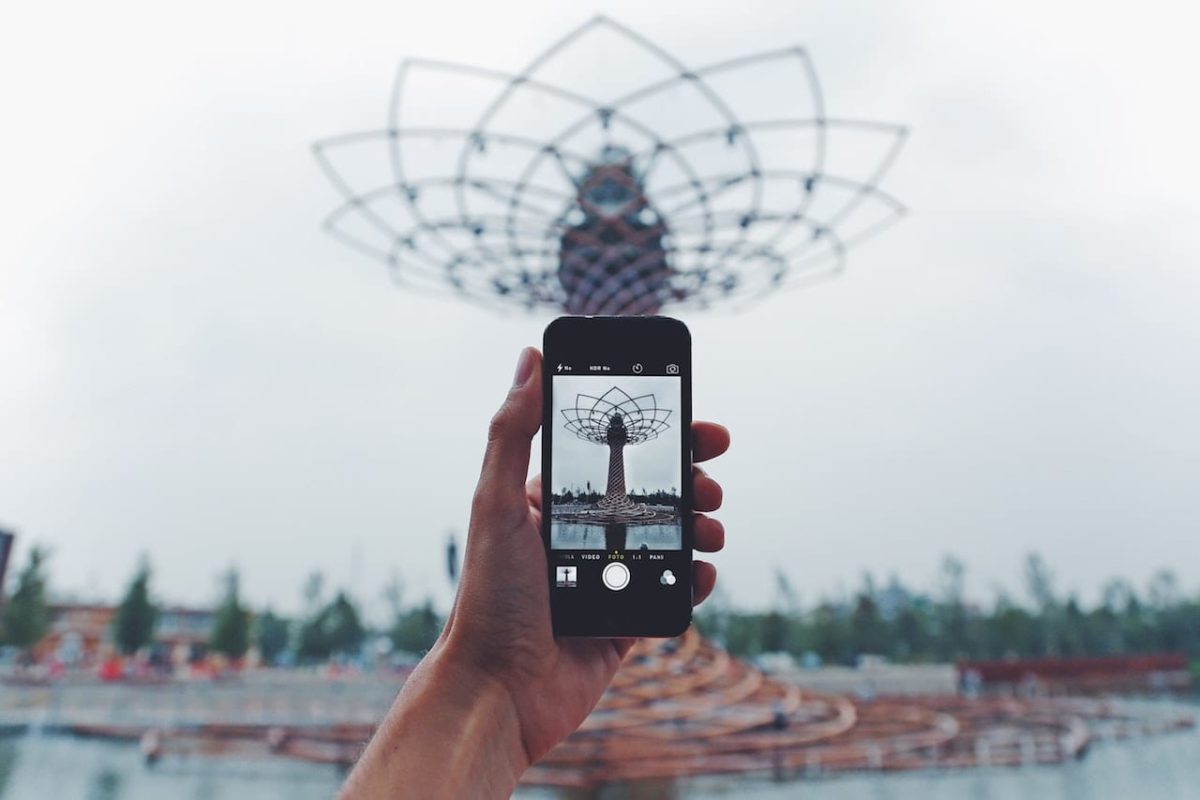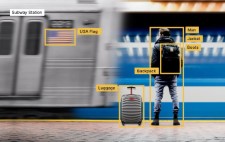Can Visual-AI Help Visually Impaired People?
How Visual-AI can help visually impaired people
Around 1.3 billion people live with some form of vision impairment.
As we are now living in the Visual Age, images and videos are becoming more and more prevalent in our daily lives. Unfortunately, this means that the internet is becoming less accessible for those living with impaired vision. Social media was predominantly text-based during the early days of the internet, making it a lot easier for the visually impaired to interpret thanks to screen readers. Now, not only has online content adapted to a visual-based format, so too has its design, making navigating social media a much more arduous experience for internet users living with blindness or impaired vision. And it’s not just the internet. We also need to ensure that the offline world is as accessible as possible to those with a vision impairment.
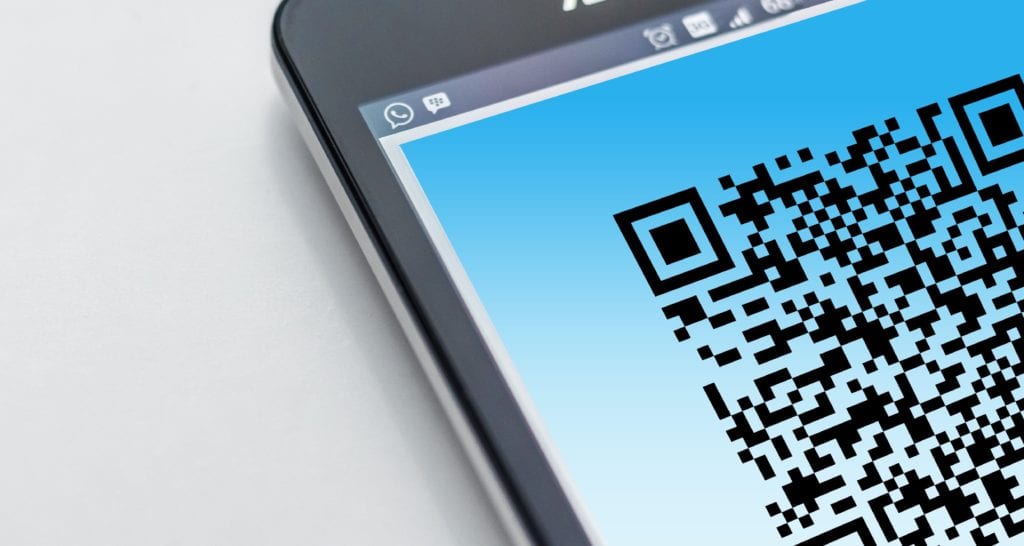
We are going to take a look at how image recognition technology now and can in the future assist in making both the digital and non-digital worlds more accessible for everyone, not just those who are fully sighted. Let’s explore seven ways in which image recognition can help those with impaired vision, including a variety of software, devices, and apps:
1. Screen readers:
We have already briefly discussed screen readers and for good reason. A screen reader is a software that translates or interprets an image on the screen and reads it to the user. They are the means by which a user can receive the information gathered by whatever image recognition tool they are using.
However, something that is important to discuss is the ever-present problem with screen readers. Describing each page element in a fixed order isn’t a simple task. Sometimes there is a major difference between the visual page elements and the alt-text that is interpreted by the screen reader. In addition, the presence of SNS page (Social Networking Service) with unstructured visual elements and a lot of links make listening to the screen reader even more difficult and confusing for the user. Moreover, there are many cases of insufficient labeling of images and visual-based content which means that many websites are simply inaccessible through screen readers.
2. Facebook Automatic Alternative Text:
This Facebook feature is already available to internet users. It allows those with a visual impairment to essentially “see” what is in a photo through A.I. describing its features to them. When a user has a screen reader turned on after a photo is selected, Facebook then uses A.I. algorithms to detect basic characteristics within the image and translates it into new alt text. The screen reader then describes those features to the user.
3. MyEye 2.0:
Orcam’s MyEye 2.0 is a device that attaches to any pair of glasses to provide audio feedback about the wearer’s surroundings using image recognition technology. Some of its capabilities include reading signs and documents and recognizing faces. It also doesn’t require an internet connection for it to work.
The MyEye 2.0 has a very small camera and microphone. They attach to a pair of glasses which are linked to a processor that can be clipped onto the body. In order to use it, the wearer can point to text which will prompt a computerized voice to discretely read it aloud to them. The MyEye 2.0 can also detect and recognize faces and other objects. It currently costs around £3,000, but the creators are hoping to receive some funding to allow the device to be set at a cheaper cost or for free.
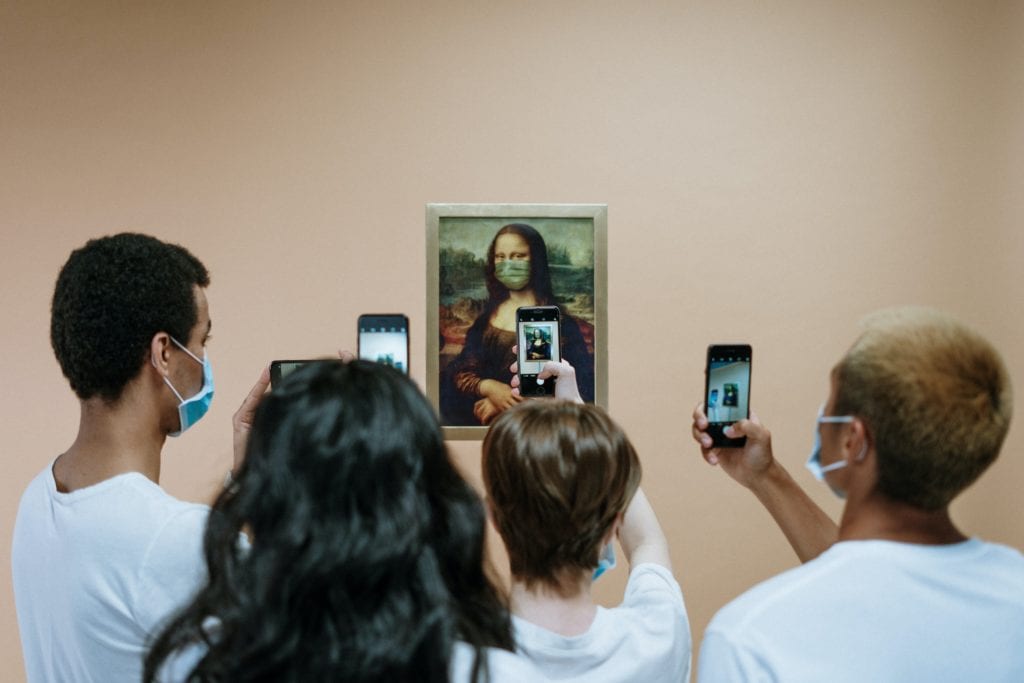
4. Aipoly:
Aipoly is an app that uses image recognition to identify objects. In order for the app to function, the user points their phone’s camera at whatever they want to identify, and Aipoly will tell them what it sees (or, at least, what it thinks it sees). The name of the object will also display on the phone’s screen. Like the MyeEye 2.0, Aipoly doesn’t require internet access to work, and it can also identify objects in sequence by moving the phone around without having to take a photo of each object.
The app uses deep learning in order to determine what a specific object is. It breaks down the image into different features, such as lines, curves, and patterns and uses those characteristics to figure out the likelihood that a selected image is a certain object.
5. LookTel:
LookTel offers a range of assistive smartphone applications that use image recognition technology to make the lives of those with low-vision or blindness that bit easier. It allows users to scan and detect objects, such as packaged goods, soda cans, money, CDs, and landmarks, including signs.
There are two apps available, the LookTel Money Reader and LookTel Recogniser, both of which are designed for the iPhone, iPod Touch, iPad, and Mac computers.
6. Be My Eyes:
Be My Eyes is a free mobile app that joins “blind and low-vision individuals with sighted volunteers and companies from all over the world through a live video call.” This app allows the visually impaired to ask for assistance from sighted individuals whose job it is to help them.
The founder of the app, Hans Jorgen Wiberg said he believed that the technology of video calls could be used to visually assist those who are blind or have impaired vision, without them needing the assistance of friends and family. Instead, sighted volunteers would connect with them to help and guide them.
7. TapTapSee:
TapTapSee is a mobile camera app that uses a CloudSight Image Recognition API. This app is created for the blind and visually impaired to identify objects within seconds.
In order for the app to work, the user double-taps the right side of the screen to take a picture or double-taps the left side of the screen to take a video. TapTapSee can accurately detect any two or three-dimensional object at any angle which prompts a voiceover to then tell the user what object has been identified. Some features of the app include picture recognition, video recognition, and the ability to save images and videos to a user’s camera roll with the attached identification.
Thanks to A.I. and constantly improving image recognition technology, those living with blindness or low-vision can access parts of the online and offline worlds they were once not able to just a few years ago. It’s important for this technology to allow visually impaired users the freedom to access these worlds independently and without the need for assistance from sighted individuals. Technology has come a long way, but it still has some way to go in terms of accuracy and scale of detections. In the meantime, we can still do our part to make the internet a more accessible place for those with a visual impairment by simply labelling images and videos for screen readers as accurately as possible.
Book A DemoRELATED
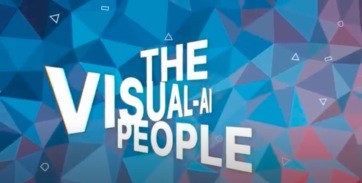 Video: We Are VISUA Posted in: Everything Else - Discover why we’re the Visual-AI people - delivering cutting-edge computer vision solutions ranging from logo/mark detection and counterfeit product detection to holographic authentication and phishing detection...
Video: We Are VISUA Posted in: Everything Else - Discover why we’re the Visual-AI people - delivering cutting-edge computer vision solutions ranging from logo/mark detection and counterfeit product detection to holographic authentication and phishing detection...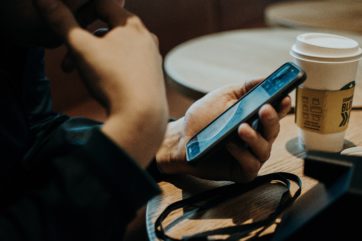 4 Ecommerce Trends – Updated for 2022 Posted in: Everything Else - Reading Time: 3 minutesAs 2022 is well underway, new trends are beginning to emerge within the world of ecommerce. The online retail industry saw an […]
4 Ecommerce Trends – Updated for 2022 Posted in: Everything Else - Reading Time: 3 minutesAs 2022 is well underway, new trends are beginning to emerge within the world of ecommerce. The online retail industry saw an […] 8 Visual-AI FAQs Posted in: Everything Else - Reading Time: 5 minutes1. What is Visual-AI? Visual-AI is the identification of objects and logos within an image. When using Visual-AI technology, images or videos […]
8 Visual-AI FAQs Posted in: Everything Else - Reading Time: 5 minutes1. What is Visual-AI? Visual-AI is the identification of objects and logos within an image. When using Visual-AI technology, images or videos […]
Could Computer Vision be the Solution to the International Luggage Issue?
Reading Time: 4 minutesThe explosion in world travel after the easing of lockdowns and travel restrictions has seen airports struggle…
Everything Else TechnologyFranco De Bonis Interview With Private Internet Access
Reading Time: < 1 minuteVISUA Marketing Director Franco De Bonis sat down to chat with Private Internet Access recently to…
Everything ElseThe History of the Logo
Reading Time: 4 minutesThe beginning of logo design We all know that a logo has the potential to be a…
Everything Else